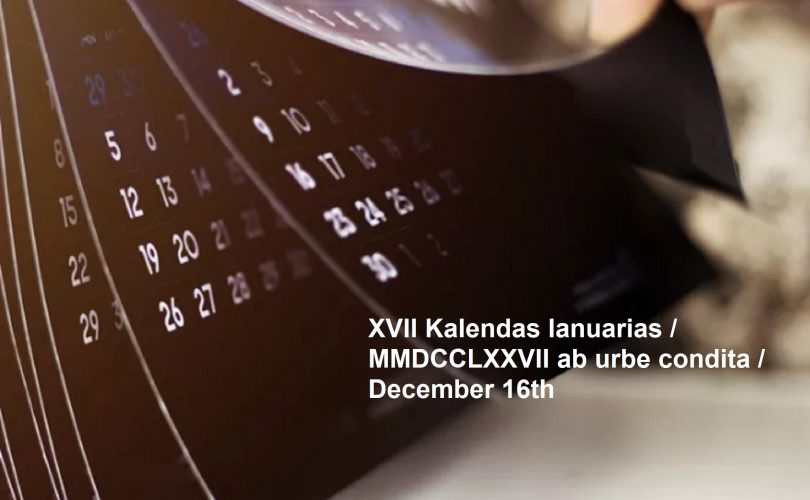Table of Contents
Calendars in genealogy differ significantly, and you need to know what calendar your ancestors used to avoid confusion and errors. The calendars to incorporate in your family history research will depend on the regions and cultures associated with your ancestors.
Understanding the different calendars and using them accurately can help trace and interpret historical records and genealogy.
The three types of calendars involved in genealogy research are solar, lunar, and lunisolar. The solar calendars follow the movement of the sun and the changes in season. The lunar calendars follow the moon’s orbiting around the earth in different phases.
The lunisolar calendars combine elements from the solar and lunar calendars. Hence, they sync events involving both the sun and the moon.
This guide explores five common calendars in genealogy research comprising Gregorian, Jewish, Islamic, Hindu, and Julian calendars and how to apply them in your ancestry research.
Key Takeaways
- Common calendars involved in genealogy research include the Gregorian, Jewish, Islamic, Hindu, and Julian calendars.
- The Gregorian calendar is the current international standard introduced by Pope Gregory XIII to address inaccuracies in the Julian calendar.
- Calculating and converting dates from one calendar to another requires the intervention of professional genealogists for accurate family history.
-
The Jewish Calendar
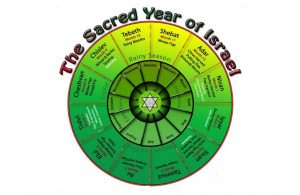
Jewish Calendar
The Jewish/Hebrew calendar is common in genealogy records and follows the cycles of the sun and the moon (lunisolar). This calendar can have up to 13 months, made of 29 or 30 days each. The 13th month is normally added after every two or three years to keep in sync with the seasons.
The months start with every new moon and are named after Babylonian sources. For example, the first month is called Tishrei, the last the Elul, and the additional month in leap years is called the Adar II.
The seven days in a Jewish calendar are counted from sunset to sunset, each 24 hours consisting of 1080 parts called the halakim.
This calendar was mainly used to mark religious festivals and observances such as the Passover and to mark crucial dates such as birth, marriage, and death.
RELATED:
Jewish Genealogy: How To Touch Base With Ancestral Struggles
-
The Julian Calendar
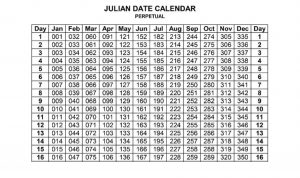
Julian Calendar
This calendar derives its name from its creator, Julius Caesar, the Roman general and statesman. He sought to replace the Roman calendar with a new solar calendar close to what the Gregorian calendar has.
The Julian calendar uses Latin sources in naming the months, with the first month as Ianuarius and the last December. The days have 24 hours of 60 minutes/hr and start and end at midnight. Also, the second month (Februarius) has an extra day every leap year.
A week has a seven-day cycle adopted from the Jewish calendar, with Dies Solis being the holy day of worship and rest.
However, the Julian calendar had an error that gradually placed it behind seasons and the solar year. As a result, it was replaced by the more accurate Gregorian calendar.
-
The Gregorian Calendar
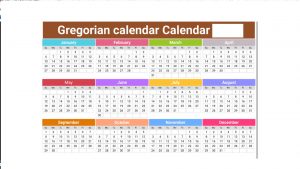
Gregorian calendar
This calendar tops the most common calendars in genealogy and is the current international standard calendar introduced by Pope Gregory XIII to replace the Julian calendar. This calendar has been embraced for marking popular festivals like the Christian Easter and Christmas. It has also become a civil medium to mark crucial dates and record time.
The calendar has 12 months starting with January, and each month has 30 or 31 days except for February, which has 28 days and 29 for a leap year. It also has a cycle of seven days a week comprising Sunday, Monday, Tuesday, Wednesday, Thursday, Friday, and Saturday.
-
The Islamic Calendar
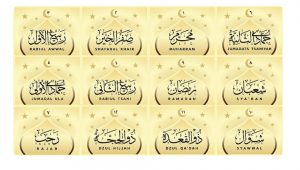
Islamic Calendar
Also known as the Muslim calendar, the Islamic calendar is a lunar calendar with 12 months of 29 or 30 days each. This calendar is mainly used for religious purposes such as Ramadan and Eid al-Fitr. Most Muslim countries and regions also use this calendar to record legal and civil matters.
Each year in an Islamic calendar has 12 months that start with the sighting of a new crescent moon. The months are named from Arabic sources, with the first being “Muharram” and the last “Dhu al-Hijjah.” Ramadan is the ninth month and the most sacred in the Islamic year.
The days of the Islamic calendar conform to the Gregorian format of 24 hours and 60 minutes an hour, but they start from sunset. Similarly, a week comprises seven days.
-
The Hindu Calendar
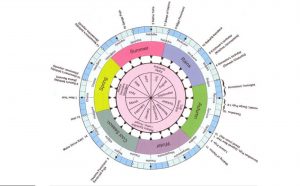
Hindu Calendar
The Hindu calendar is a combination of several lunisolar calendars that are based on astronomical calculations and ancient Vedic texts. Despite the many variations of the Hindu calendar, they generally have 12 months of about 30 days each. However, a month is added after four or five years to align with the solar year.
The months start with a new moon and are named from Sanskrit sources. For example, the first month is called the Chaitra, and the last is called the Phalguna. Each month has 29 or 30 days that are counted from sunrise to sunrise.
The Hindu calendar is crucial in marking religious festivals such as the Holi and Diwali. It’s also used to record social and personal events in Hindu communities.
How To Overcome Challenges of Calendars in Genealogy

Genealogists help break the Brick Wall
The different calendars used in historical records could hamper your efforts for accurate genealogy research. However, professional genealogists know how to convert calendars and the best practices to ensure accuracy and consistency.
The common challenges calendars in genealogy may include;
-
Finding Out When a Country Incorporated a Calendar
Not all countries adopted the Gregorian calendar simultaneously.
While most countries incorporated it in the mid-18th century, others only did so in the early 20th century. In this case, genealogists may need to convert and adjust dates to match the modern calendar.
Genealogists overcome this challenge by using symbols such as the forward slash mark (/) to show styles from different calendars. Besides, they leverage the readily available online tools that have proven helpful in calculations and conversions between calendars.
-
Finding Out When a Month or Year Begins or Ends
Years and months do not correspond between calendars, and a year in a Jewish calendar could start or end in the Middle of a Gregorian year. Usually, the Jewish year starts in September or October of the Gregorian calendar.
In this case, genealogists must understand the discrepancies between the involved calendars in their research and leverage online resources and expertise to convert both dates and document the family history accurately.
-
Converting Dates Between Calendars
Another common challenge when dealing with calendars in genealogy is converting the dates provided in other calendars to the Gregorian calendar. For example, the Islamic dates may be written as 15 Shawwal 1442, the Jewish date as 15 Tammuz 5781, while the Gregorian format is October 30, 2023.
-
Tracking the Correct Hindu Calendar Version
The many regional and sectarian Hindu calendars apply different names and lengths, with some starting in March and others in November. Therefore, conducting family history research that involves the Hindu culture will require an in-depth understanding of these calendars and the best way to convert to the Gregorian calendar popular today.
Hire a Professional Genealogist
The few examples of calendars in genealogy highlighted here are just the tip of the iceberg. You could encounter more calendar-related intricacies in your family heritage research.
You must know how to maneuver for accurate results. Luckily, our team of professional genealogists will help you with the hard part.
What’s more? Record Click offers free consultation and budget-friendly genealogy services to comprehensively document your family history accurately and with minimal effort from your side.
Contact us today and uncover your family history free of confusion or errors.

